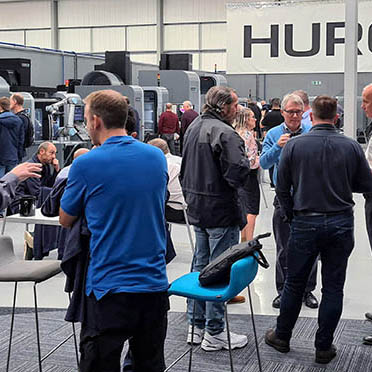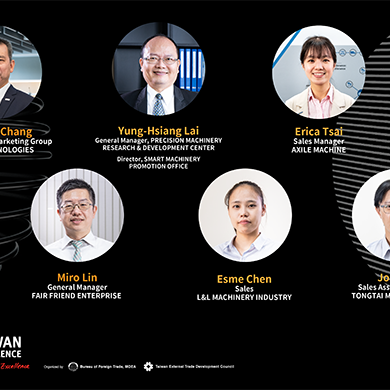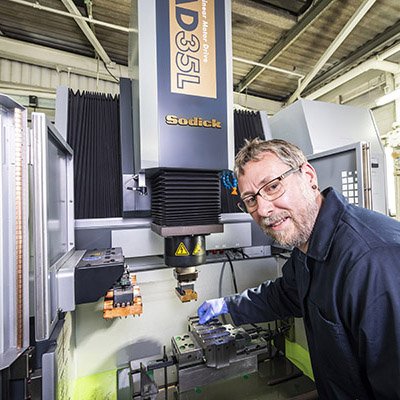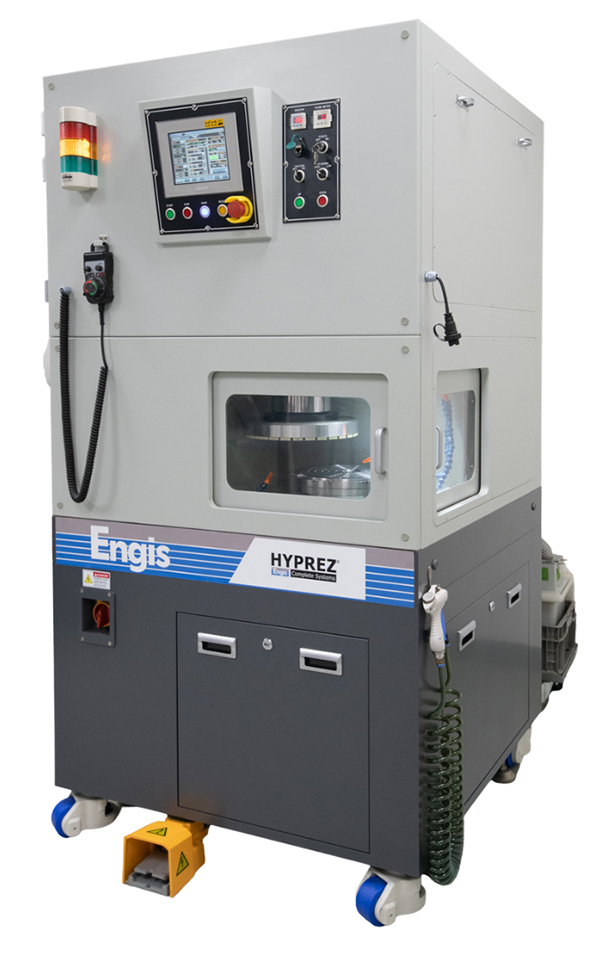
Taking advantage of relaxed Covid-19 restrictions over the summer, Hurco Europe was one of the first UK machine tool businesses to schedule an autumn open house, which took place earlier this month. Managing director David Waghorn says: “It was great to welcome everyone back to our facility. Nothing can substitute for meeting people face to face. As efficient as Teams and Zoom calls are, they really can’t replace standing in front of a machine and watching it cut metal.”
It would appear that the Hurco customer community agreed. Visitor numbers and pre-registrations were the best to date at the company’s new UK demonstration facility, which opened in 2019. In excess of 100 people from more than 60 companies attended over the two days. The show marked the launch of the new VM ONE, a super-compact, entry-level machining centre that replaces the VM5i. Also on show for the first time in the UK was the BX60i portal machine, which maintains dynamic stability and accuracy despite having large X- and Y-axis travels.
For further information www.hurco.co.uk























